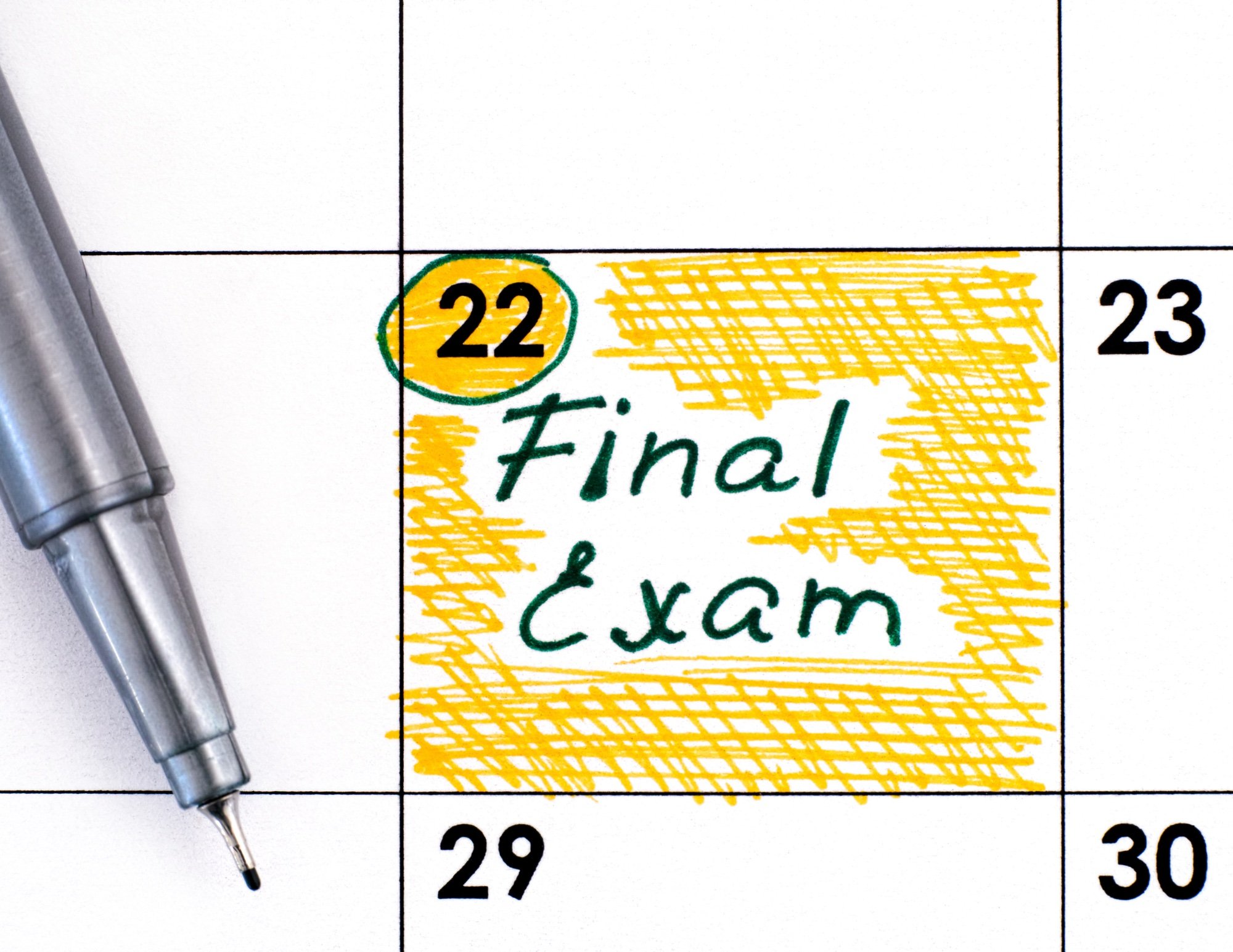Most kids naturally become curious about time as they learn more about the world around them. “Are we there yet?”, “How many more minutes until dinner is ready?”. “How much longer will it be?” While these questions may seem simple, and maybe even overwhelming at times, kids are beginning to develop their curiosity about the concept of time. And even though this may be easy to dismiss or ignore, you can use this curiosity to their advantage by guiding children through the first steps to successful time management skills.
Time management incorporates a variety of abilities such as: estimating the time required on a task, identifying how much time you will need to complete a task, and allocating an appropriate amount of time to specific tasks. These skills can be particularly challenging for students who require additional support with executive functioning skills, but practicing various time management skills at home will help strengthen these deficits.
Concepts of Time
Young children begin exploring different times throughout the day by using words such as morning, afternoon, nighttime, bedtime, and more. Once they enter school, they may use different subjects to discuss the time of day. For example, they may use lunch, recess, specials, etc. as a reference point when talking about their day. Teaching words and routines related to different parts of the day (specifically AM and PM) can help students develop this concept.
Your child will also benefit from calendar conversations. Talking about seasons, months, days, and even years for the older elementary students, will help strengthen their fundamental concepts of time.
Work Stamina Development
When developing a new skill, young children may not have the required work stamina required to complete specific projects, activities, or schoolwork. For example, when students enter first grade, they typically need to practice building their reading stamina so they can independently read for 15-20 minutes. Using a timer can support their work stamina and exercise their ability to refocus for a specific amount of time. Visual timers can help children develop their sense of time as they become familiar with different lengths of time.
Visual Supports
When children use visual supports to develop time management skills, they are more likely to be able to recall steps and processes independently as they become proficient with the task. Some visual supports that will help strengthen working memory and time management skills include timers, clocks, checklists, to-do lists, chore labels, AM/PM routines, monthly/weekly/daily schedules, academic planners, and visual reminders for important dates. These resources can be used in combination with other supports to solidify learned skills.
Routines and Procedures
Following routines and procedures at home is an incredibly effective way to help children develop time management skills—especially when these routines are displayed in an easily accessible location for children. Routines can benefit time management skills as they break down a longer process into more manageable and smaller steps. It also helps them begin building an understanding of how much time is required to complete each step.
Planning and Organizing
Children can practice time management skills when they plan and organize. Younger children will need more guided practice when planning and organizing their time. Thinking aloud to children about schedules, homework due dates, and other important dates/times will help them develop foundational skills. As children get older, planning and organizing becomes more challenging. Older children often have more tasks to manage and have more rigorous assignments to complete. Using an academic/personal planner can help children prioritize assignments, allocate time appropriately, and strengthen these skills so they are ready to practice them independently in middle school.
“Work smarter, not harder” is a common phrase heard in adulthood and frequently in the workplace. While it can be considered “office small talk”, it also reiterates the benefit of strong time management skills. By teaching children to work “smarter” by focusing on the time required to complete each task in a process, young children will be able to build on these skills to develop independence and continue strengthening their skills through adulthood.
Written by Ami Z.




















